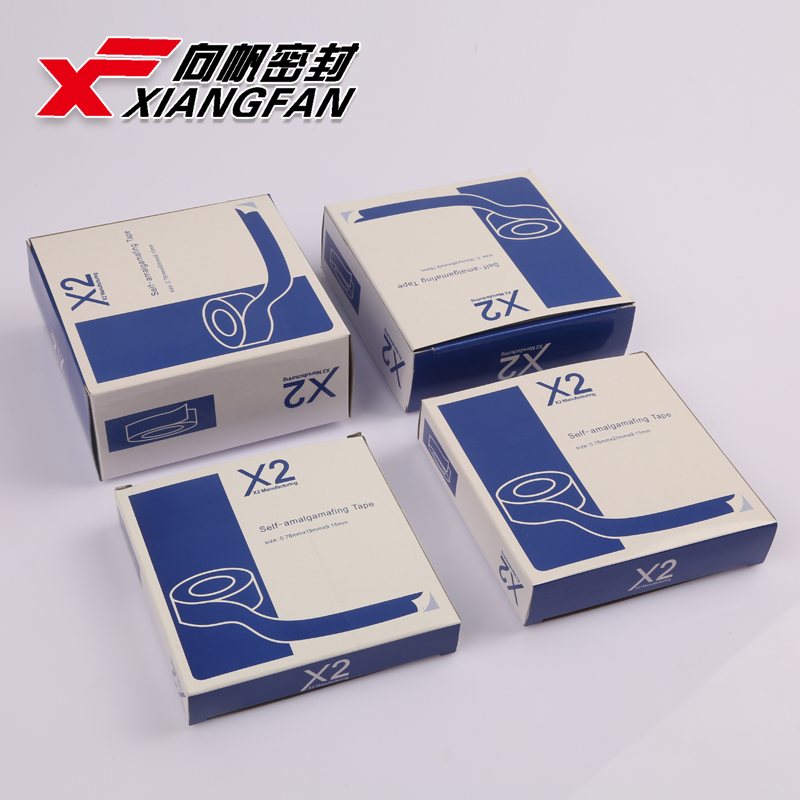Fire Resistant Adhesives Ensuring Safety and Performance
In an age where safety and efficiency are paramount, the demand for fire-resistant materials in various industries has surged. Among these materials, fire-resistant adhesives are gaining significant attention due to their vital role in enhancing safety while maintaining structural integrity. This article explores the importance, benefits, and applications of fire-resistant adhesives in modern construction and manufacturing.
Fire-resistant adhesives are specially formulated to withstand high temperatures without losing their bonding capabilities. Traditionally, adhesives can fail when exposed to extreme heat, leading to dangerous situations, particularly in construction and automotive industries. Fire-resistant adhesives mitigate this risk by maintaining their strength and adhesion properties under fire conditions, making them an essential component in fire safety strategies.
Fire Resistant Adhesives Ensuring Safety and Performance
The chemistry behind fire-resistant adhesives typically involves the incorporation of flame-retardant additives that enhance the adhesive's ability to resist combustion. These additives may include various inorganic compounds, like aluminum hydroxide or magnesium hydroxide, which help to release water vapor when exposed to heat, creating a protective barrier that slows down the spread of flames. Additionally, some fire-resistant adhesives rely on intumescent technology, where the adhesive expands upon heating, forming a char that provides insulation against heat and flames.
fire resistant adhesive

Applications for fire-resistant adhesives are vast. In the construction industry, they are employed in bonding structural components, insulation materials, and fire-rated doors. The ability to maintain structural integrity during a fire can be critical, as it ensures that escape routes remain accessible and that building occupants have time to evacuate safely. Moreover, fire-resistant adhesives are gaining ground in the manufacture of electrical appliances, where heat resistance is critical to preventing fires caused by malfunctioning equipment.
In the automotive sector, these adhesives are increasingly used in the assembly of vehicles. With the push for lighter, more fuel-efficient designs, manufacturers are turning to advanced materials that require reliable bonding solutions. Fire-resistant adhesives provide the necessary strength while also contributing to the overall safety of vehicles. By preventing the disassembly of bonded components in the event of a fire, these adhesives enhance passenger safety and vehicle integrity.
Furthermore, the implementation of regulations and standards requiring fire safety measures in various industries drives the demand for fire-resistant adhesives. Certifications such as UL 94 (a test for flammability of plastic materials) and other international standards are becoming commonplace within manufacturing processes. Companies that invest in fire-resistant adhesive technologies not only comply with these regulations but also enhance their brand reputation by committing to safety and quality.
In conclusion, fire-resistant adhesives play a crucial role in ensuring safety and performance across various industries. Their ability to withstand high temperatures while maintaining strong bonds makes them indispensable in construction, automotive, and numerous other fields. As the demand for safer and more efficient materials continues to grow, the development and innovation in fire-resistant adhesive technology will undoubtedly play a pivotal role in shaping a safer future. By investing in these advanced adhesives, manufacturers not only protect lives but also contribute to a more resilient and secure world.
-
XIANGFAN Rubber Tape-Ultimate Solutions for All Your Insulation NeedsNewsJun.24,2025
-
XIANGFAN Rubber Tape-Protection for Industrial and Residential ApplicationsNewsJun.24,2025
-
XIANGFAN Rubber Tape: Superior Safety and Sealing for Demanding EnvironmentsNewsJun.24,2025
-
XIANGFAN Rubber Tape: Reliable Solutions for Every Electrical ChallengeNewsJun.24,2025
-
XIANGFAN Electrical & Industrial Tape: Powering Reliability Across IndustriesNewsJun.24,2025
-
XIANGFAN Electrical & Industrial Tape: Excellence in Every ApplicationNewsJun.24,2025
